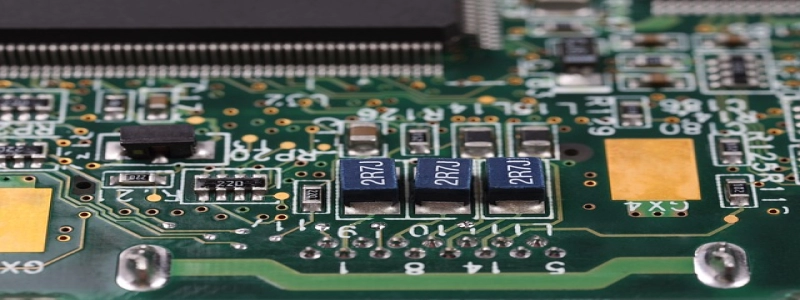Attenuation Equation
Introduction
In the field of telecommunications and signal processing, attenuation refers to the gradual loss of signal strength as it travels through a medium or transmission system. To accurately quantify this loss, an attenuation equation is used. This equation relates the attenuation to various factors such as the distance traveled, frequency of the signal, and specific characteristics of the medium.
Heading 1: The Basics of Attenuation
Attenuation is an unavoidable phenomenon that occurs in every signal transmission. When a signal is transmitted through a medium, it encounters various obstacles and interactions that cause its energy to dissipate. This loss of energy leads to a reduction in signal strength, which can ultimately affect the quality and reliability of the transmitted information.
Heading 2: Understanding the Attenuation Equation
The attenuation equation provides a mathematical representation of the attenuation experienced by a signal. It allows engineers and researchers to predict how much signal strength will be lost based on certain parameters. The attenuation equation typically takes the form:
Attenuation (dB) = α x L,
where α is the attenuation constant and L is the distance traveled by the signal. The attenuation constant is a value that depends on the specific characteristics of the medium through which the signal is transmitted.
Heading 3: Factors Affecting Attenuation
The attenuation constant, α, can be influenced by several factors. One of the most important factors is the frequency of the signal. Different frequencies have different attenuation characteristics, meaning that signals of higher frequencies may experience more significant attenuation compared to lower-frequency signals.
Additionally, the physical properties of the medium, such as its conductivity, resistivity, and dielectric constant, can also affect the attenuation. For example, materials with higher conductivity tend to cause more attenuation, while materials with higher dielectric constants may result in lower attenuation.
Heading 4: Applications and Importance
The attenuation equation finds extensive use in various fields, including telecommunications, wireless communications, and fiber optics. It helps engineers design and optimize signal transmission systems by calculating the expected signal loss and determining the necessary signal strength to meet specific requirements.
By understanding and utilizing the attenuation equation, researchers can develop strategies to minimize attenuation, implement appropriate compensation techniques, and improve the overall performance and reliability of signal transmission systems.
Conclusion
The attenuation equation provides a valuable tool for understanding and managing signal loss in transmission systems. By taking into account factors such as distance, frequency, and the medium’s characteristics, engineers can accurately predict and mitigate attenuation. This understanding is crucial in modern communication systems, where signal quality and reliability are of paramount importance. Overall, the attenuation equation plays an essential role in ensuring efficient and effective signal transmission in various applications.







